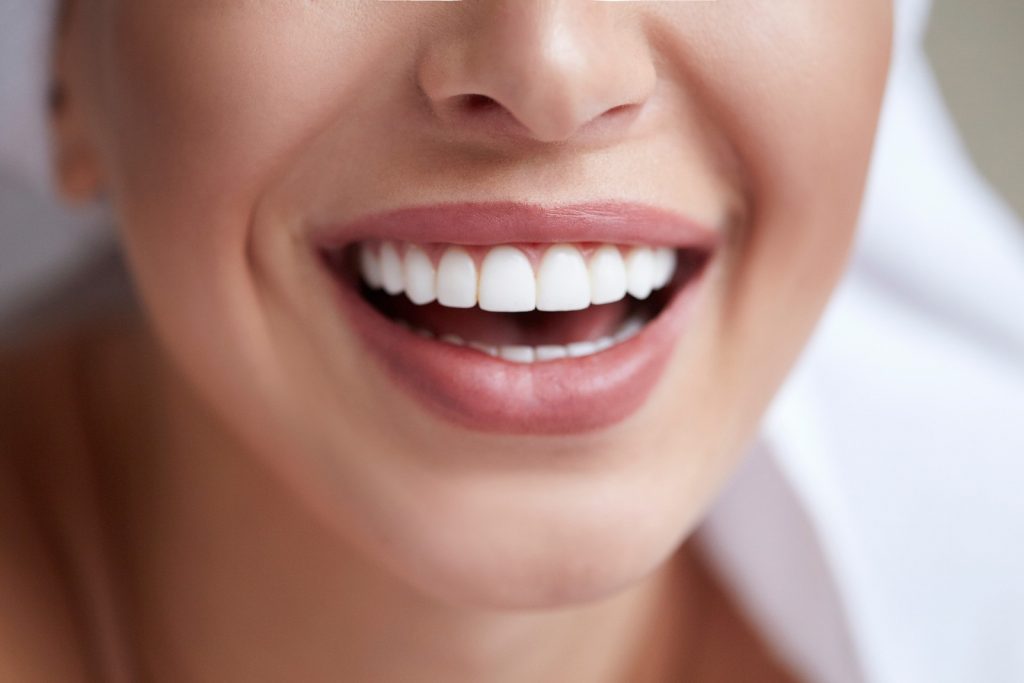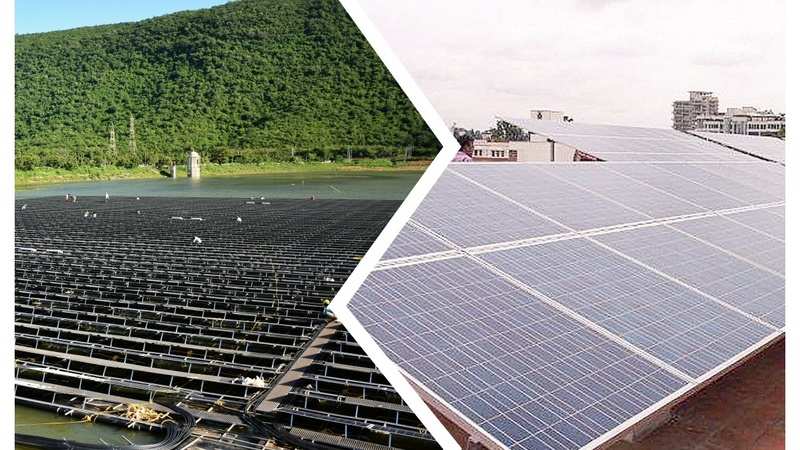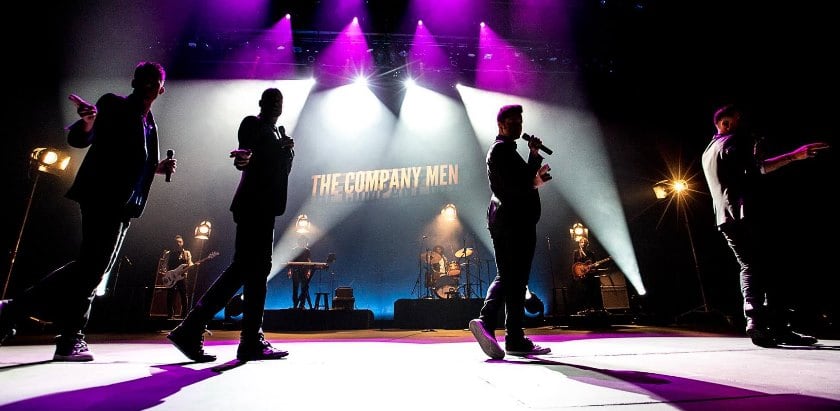The Types Of Assisted Stretching Exercises
Flexibility is not a one-size-fits-all endeavor, and neither is the methods used to improve it. Assisted stretching exercises encompass a diverse range of techniques and approaches, each offering unique benefits and applications. From partner-assisted stretches to using props like straps and foam rollers, exploring the different types of assisted stretching exercises can open up new avenues for enhancing flexibility, improving mobility, and optimizing overall physical performance.
Partner-assisted stretching:
Partner-assisted stretching involves the collaboration between two individuals, where one person provides gentle assistance to the other to deepen the stretch. This type of stretching is commonly practiced in yoga classes, martial arts training, and physical therapy sessions. Partner-assisted stretches can target various muscle groups, such as hamstrings, quadriceps, shoulders, and back, allowing for a deeper and more controlled stretch than what can be achieved alone.
Prop-assisted stretching:
Prop-assisted stretching utilizes props such as straps, resistance bands, foam rollers, or yoga blocks to facilitate stretching exercises. These props provide support and leverage, allowing individuals to maintain proper alignment and deepen stretches safely. For example, using a strap to stretch the hamstrings can help individuals with limited flexibility gradually increase their range of motion over time.
Dynamic assisted stretching:
Dynamic assisted stretching involves incorporating movement into stretching exercises to improve flexibility and mobility actively. This type of stretching combines controlled movements with external assistance to elongate muscles and improve joint range of motion dynamically. Dynamic assisted stretching is often used as part of warm-up routines before physical activities or workouts to prepare the body for movement and reduce the risk of injury.
PNF (Proprioceptive Neuromuscular Facilitation) stretching:
PNF stretching techniques involve alternating between contracting and relaxing muscles to facilitate a deeper stretch. This type of assisted stretching can be performed solo or with a partner and is particularly effective for increasing flexibility and range of motion. PNF stretching techniques include hold-relax, contract-relax, and hold-relax with agonist contraction, all of which aim to enhance muscle length and reduce muscle tension.
Thai yoga massage:
Thai yoga massage, also known as Thai massage or Thai bodywork, incorporates assisted stretching techniques derived from traditional Thai medicine and yoga. During a Thai yoga massage session, the practitioner guides the recipient through a series of passive stretches, rhythmic compressions, and joint mobilizations to release tension, improve circulation, and promote overall relaxation and well-being.





